Welcome to Adama's spring 2018 Weed Control in Spring Sown Crops information page. With the number of available herbicide active ingredients in decline, and increasing resistance to ALS-based herbicides making weed control in spring sown crops increasingly difficult, growers need to focus their spring weed control programmes on maximising the effect delivered by existing chemistries.
This means reducing reliance on resistance-prone herbicides, and placing greater emphasis on a combined pre- and post-emergence treatment programme with applications made at the correct time, dose, frequency and application technique.
For further information on Precision Crop Protection in the Spring, please visit our hub. Here you can find all disease and weed management information as well as many resources. Subscribe to receive technical updates through-out the season.
One of the biggest barriers to successful weed management is the growing problem of herbicide resistance, with the development of herbicide-resistant black-grass being of particular concern, particularly as the range of fully effective active ingredients is limited.
The most widespread resistance is of the enhanced metabolism and target site types to Acetyl CoA Carboxylase inhibitor herbicides (ACCase). This situation is at its worst in England where herbicide-resistant black-grass has been confirmed on over 20,000 farms.
Testing has also confirmed over 132 cases of resistance to Acetolactate-synthase inhibitor herbicides (ALS) in the UK. Of these ALS-resistant biotypes, eight out of nine were target site resistant. In other European countries ALS resistance is less common and is restricted mainly to heavier soils but is of increasing concern.
Germany reported its first case of resistance to ACCase, PSII inhibitors (ureas and amides) in 1983. By 2007 it was also reporting the problem to ALS inhibitors and long chain fatty acid inhibitors.
France reported ACCase resistance in 1993 and ALS resistance in 2006 with the hardest hit areas in the north of the country. In Denmark, about 30% of the black-grass population is showing resistance to ACCase and ALS chemistry, but the major breakdown is to sulfonylurea.
Danish growers face an additional difficulty in combatting resistant black-grass in the form of a pesticide tax. Active ingredients which target long chain fatty acid production in the plant are the most effective option for the Danish grower, but a 100% tax is dissuading growers from using this form of chemistry. Instead the more vulnerable ALS-based products are being used in larger quantities because the tax is lower. Researchers are increasingly concerned this policy will ultimately give rise to even greater resistance levels.
For the wider EU, herbicide resistance to annual broad-leaved weeds is a growing problem. The three-main species are chickweed, poppy and mayweed. France, Germany, Benelux and the UK all have a problem with these three species which are target-site resistant to ALS inhibitors.
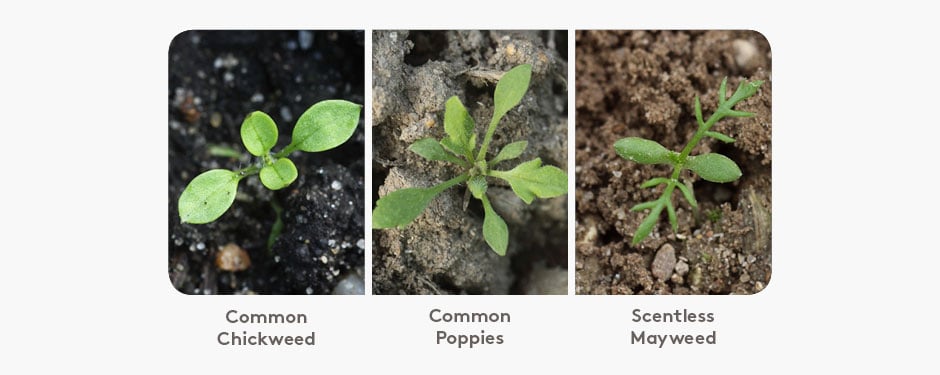
Meanwhile, in Spain, there is a severe problem with herbicide resistance in poppy: in the past five years, growth in resistance to ALS inhibitors has been exponential. The position now is wherever wheat is grown there will be resistant plants among populations.
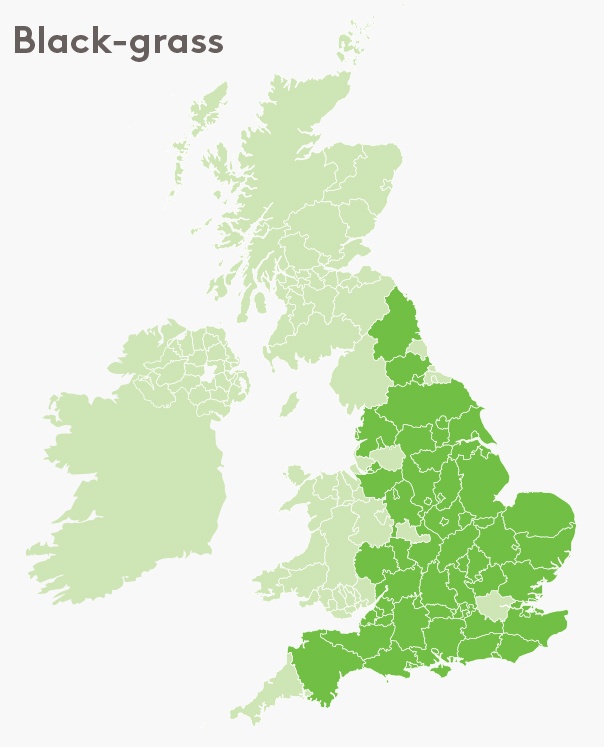
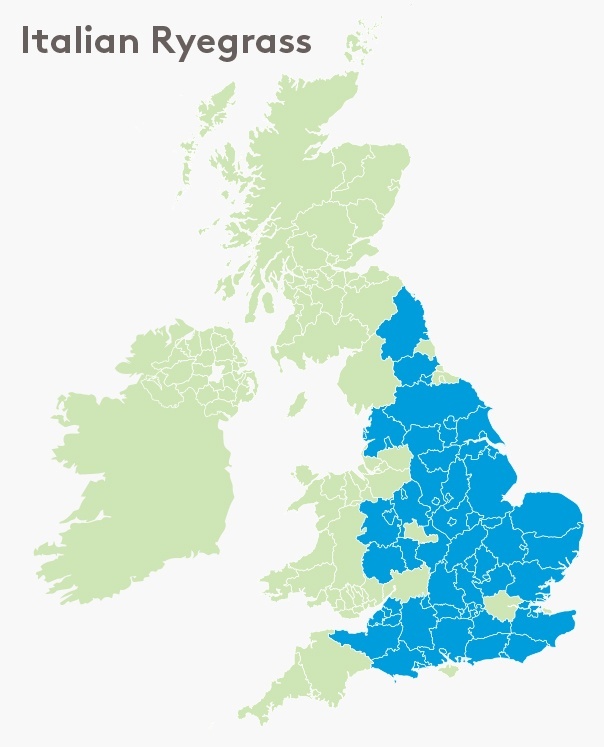
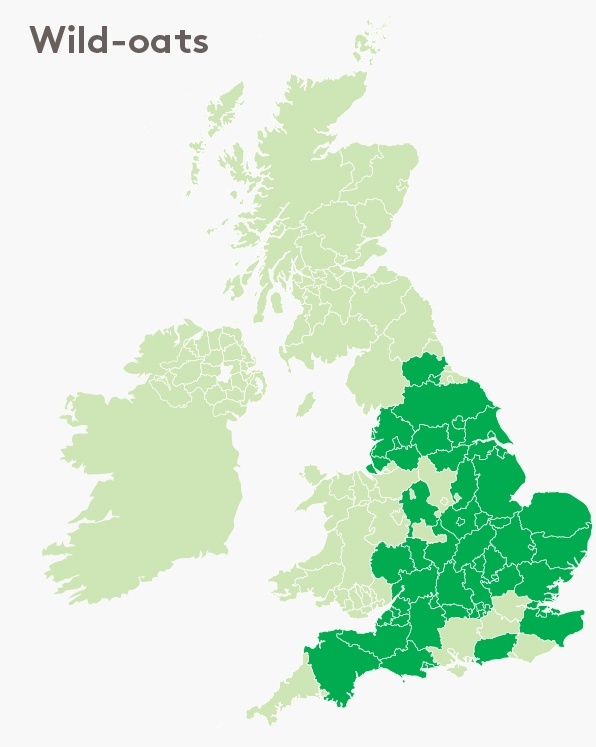
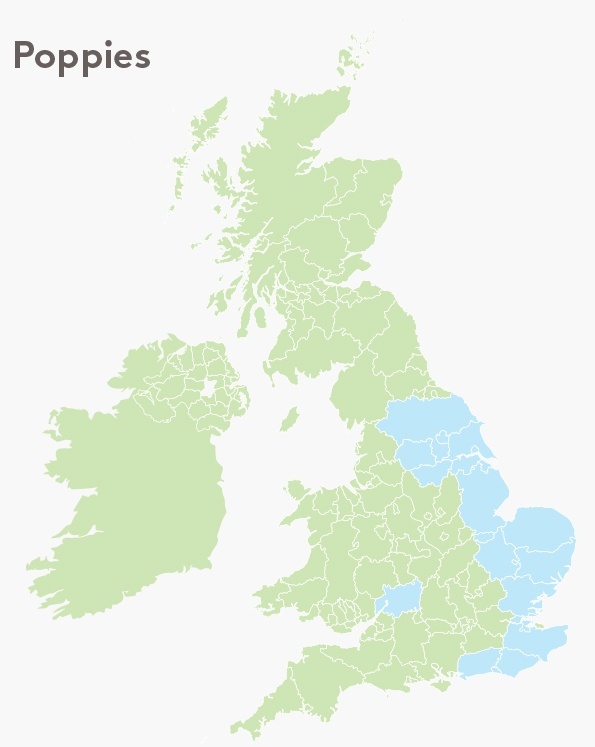
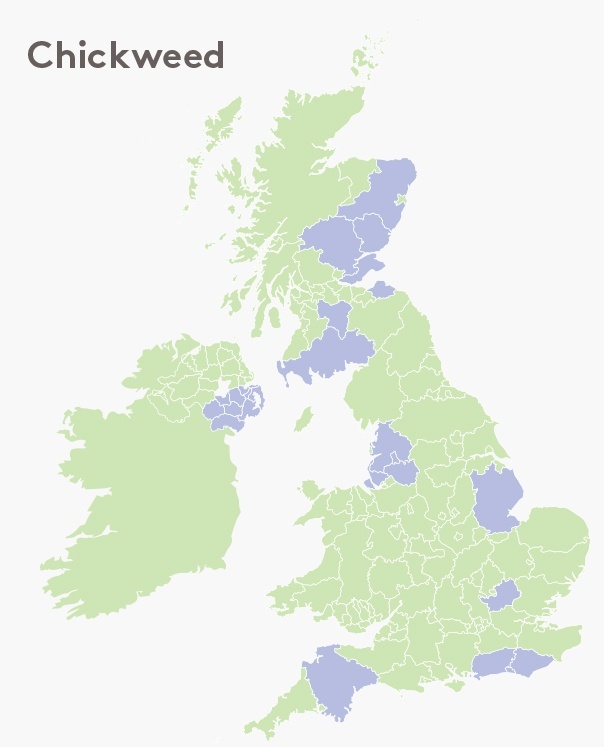
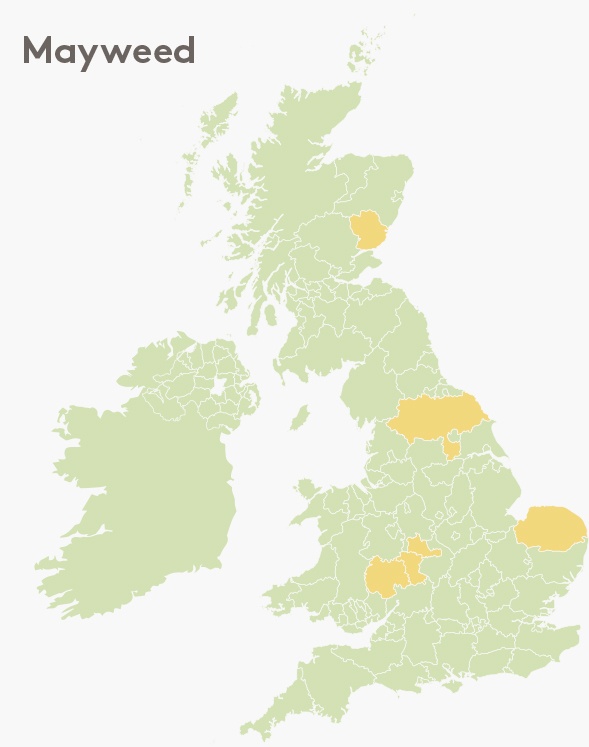
* Information courtesy of Stephen Moss Consulting, ADAS and Rothamsted Research. Data accurate to 2016.
Spring cropping provides an additional opportunity for growers to control weed populations by treating stale seedbeds with glyphosate to remove existing flushes of weeds before applying subsequent pre- and post-emergence herbicides to tackle later flushes.
However, it is worth remembering that wholescale weed control can’t be achieved in one year or via a single treatment. Instead, growers need to adopt a long-term strategy to keep on top of weed populations – particularly those as vigorous as black-grass, ryegrass and wild oats.
The inclusion of spring-sown crops is rapidly being adopted as one of the most effective ways of controlling black-grass populations: the latest Andersons figures for the period from 2010 to 2016 show a 23% increase in spring wheat and 21% increase in spring barley. As such, growers are facing a renewed battle against weeds such as Annual Meadow Grass (AMG) and a variety of broad-leaved species.
The ability to deal effectively and efficiently with weeds is reliant on knowing exactly where problems present themselves and to what extent. Good record keeping is therefore essential for the development of an effective crop protection strategy.
Broadleaved weed seeds are more persistent in the soil than grassweeds: black-grass and barren brome seeds will remain viable for approximately 4 years (e.g. black-grass seeds decline in viability by approximately 80% after 4 years), and ryegrass and wild oats for no longer than 6 or 7 years. In contrast, broadleaved weed seeds can remain viable for more than 10 years, with some, such as poppy seed, able to survive in a dormant state for as long as 70 to 80 years.
Broadleaved weed seedlings typically emerge from within the top 3 cm of the soil profile, but the depth of emergence depends on seed size and soil structure.
Accurate weed mapping is crucial to identifying distribution and density within a field. For grassweeds, walking fields and mapping species and poor yield areas with a handbook or GPS will allow better targeted patch-spraying. Additionally, this allows early recognition of areas where weed resistance might be starting.
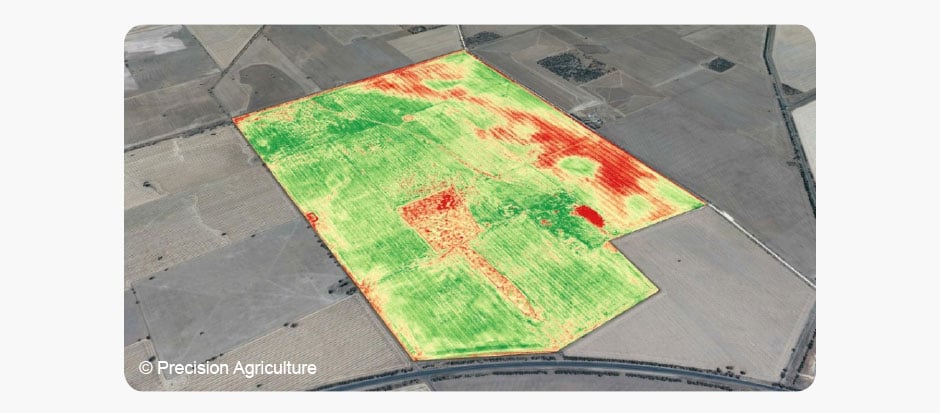
To achieve effective weed control, stale seedbeds require careful management, with specific attention being given to the timing, method, rate, and frequency of herbicide applications to ensure each flush of weeds is treated at the correct time.

Herbicide choice is also of utmost importance, with active ingredients such as pendimethalin, diflufenican and chlorotoluron effective at controlling many of the principal spring weeds without increasing the burden on resistance-prone herbicides.
A stacking and sequencing approach (using an assortment of actives in mixture and over successive applications) of both pre-emergence and post-emergence herbicides will provide the best levels of protection, but only if these products achieve good and consistent coverage: the surface of the seedbed must be of a fine, consistent tilth to enable pre-emergence residual products to be applied uniformly, while post-emergence contact herbicides can only work properly if applied to the surface of the weed leaf.
As a final point of note, growers should be aware that there is little point trying to eradicate the weed seedbank, only to subsequently introduce a fresh reservoir of undesirable material on contaminated machinery. Where a contractor or hired-in equipment is used to cultivate, manage or harvest the crop, it is not an unreasonable request to demand that all kit is thoroughly decontaminated before it is brought onto your land.
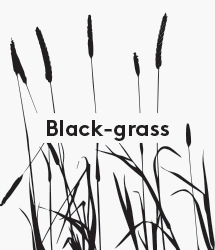
We caught up with a couple of our Adama-sponsored YEN (Yield Enhancement Network) growers to get an insight into how they keep their cultivation machinery clean and free of weed seeds in order to prevent the introduction and spread of weeds onto clean land:
“I would say the easiest way is to try to plan your logistics so you do the cleanest fields first, working towards the dirtiest last to minimise transfer of seeds. If needed, I wash off with a pressure washer (I have one on the sprayer) paying attention to the axles and any ledges that seeds may lodge on. We also wash off drill and cultivation equipment as required. We also have leaf blowers on the machines to blow any residue off. ” – Iain Robertson
“The main source of weed movement in machinery seems to come from harvest machinery. This means, we have become very reluctant to let harvest machinery from third parties on farm unless we know where they are coming from (i.e. non heavy weed burden farms) and that they have been properly cleaned down. With our own machinery we clean down between fields that have a high weed burden with leaf blowers and air compressors.
One of the worst culprits are demo machines which hop from farm to farm without cleaning down all in a rush and every farmer thinking it is some free combining or baling and so a bargain, but in reality they then have the extra cost of dealing with weeds.
My best technique in dealing with harvest created weeds is to leave the field untouched for a minimum of 10 days, or ideally 14 days which allows either a chit, or for birds to eat the seeds or the seed to dry out and fail. 2017 was the first year I tried it and it was pretty successful and cheap, but plays havoc with your nerves and patience!” – Alan Clifton-Holt
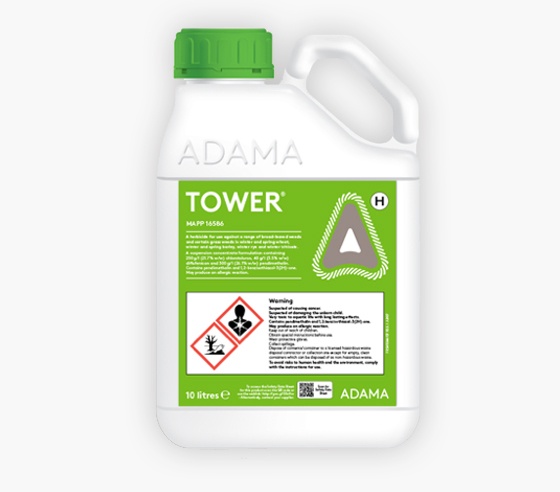
Tower is a unique residual herbicide containing 300 g/l pendimethalin, 40 g/l diflufenican and 250 g/l chlorotoluron. As well as providing excellent standalone annual meadow-grass control, Tower also delivers broad-leaved weed activity in winter and spring cereals.
Tower is also effective against difficult to control weeds such as Chickweed, Poppy and Mayweed. It is also useful in the control of resistant black-grass and has been proven to lift activity against resistant and non-resistant ryegrass.
Tower also has proven residual activity against Cranesbill, Shepherd’s Purse, Dead Nettle, Speedwell, Pansies and Cleavers. It can be used on winter wheat, winter barley, winter rye, winter triticale, spring wheat and spring barley as a pre- or post-emergence treatment and with no varietal restrictions.
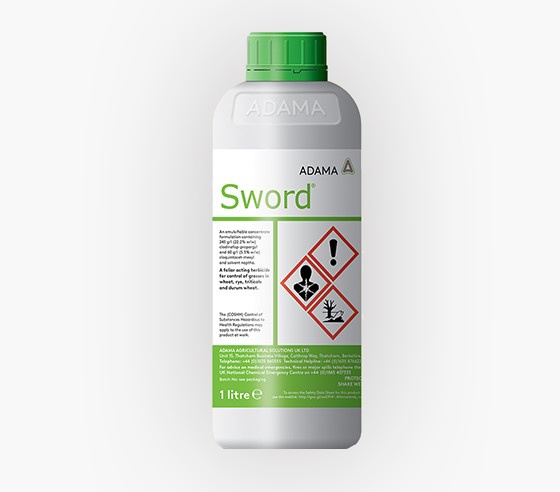
Sword / Topik contains 240g/l clodinafop-propargyl and 60 g/l cloquintocet-mexyl and solvent naptha.
Clodinafop is a powerful selective graminicide for the control of a wide range of grass weeds including wild oats and rough meadow-grass. Clodinafop also offers moderate control of Italian ryegrass in wheat, rye and triticale.
With the number of herbicide active ingredients in decline, and increasing resistance to ALS-based herbicides, growers must reduce their reliance on chemicals-alone to control weeds.
Growers must therefore understand the extent, severity and location of their respective weed pressures and use appropriate cultivation and cropping strategies – in conjunction with appropriate herbicide programmes – to achieve a sustainable level of weed control.
To protect the current arsenal of herbicides, and to maximise their efficacy, growers should use a combination of pre- and post-emergence treatments with applications made at the correct time, dose, frequency and application technique.
Third Floor East 1410
Arlington Business Park
Theale
Reading
Berkshire RG7 4SA
United Kingdom
+44 1635 860 555
Email: ukadmin@adama.com
Enquiries: ukenquiries@adama.com